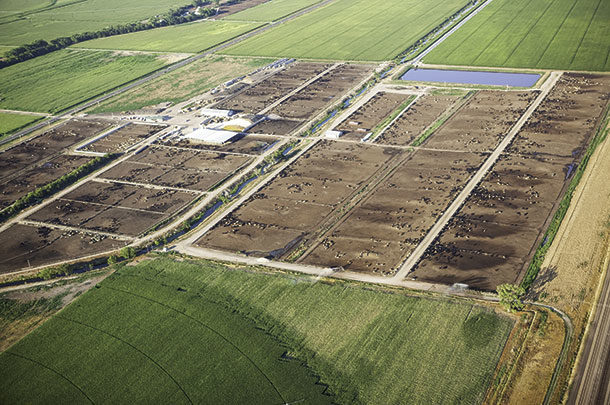In recent years, the Clean Water Act has been the subject of a tug of war between environmentalists, industry, regulators and politicians.The act has experienced significant expansion in some respects, while also seeing a narrowing of jurisdiction in other areas. Among the biggest questions that has remained is the application of the Clean Water Act related to groundwater. Historically, groundwater largely fell outside the purview of the Clean Water Act and was left to states to regulate. A recent Supreme Court case alters this precedent, potentially expanding Clean Water Act jurisdiction to discharges through groundwater that reach other jurisdictional waters.
In County of Maui v. Hawaii Wildlife Fund, 140 S.Ct. 1462 (April 23, 2020), environmental groups sued County of Maui under the Clean Water Act citizen suit provision for discharging effluent without a National Pollutant Discharge Elimination System (NPDES) permit. In that case, County of Maui’s wastewater reclamation facility collected sewage from the surrounding area, partially treated it and daily pumped around 4 million gallons of treated water into the ground through a series of wells. The effluent then traveled approximately a half mile, through groundwater, to the Pacific Ocean.
The district court ruled that the discharge from the wells into groundwater was “functionally” into “navigable waters.” The 9th Circuit Court of Appeals affirmed this decision. The County of Maui appealed to the U.S. Supreme Court, which held that the Clean Water Act requires a permit when there is a “direct discharge from a point source through groundwater into navigable waters or when there is the functional equivalent of a direct discharge.”
The court went on to explain that many factors may be relevant to whether a discharge is the “functional equivalent” of a direct discharge. These equitable factors include: 1) transit time; 2) distance traveled; 3) nature of the material through which the pollutant travels; 4) extent to which the pollutant is diluted or chemically changed as it travels; 5) amount of pollutant entering navigable waters relative to the amount of the pollutant that leaves the point source; 6) manner by or area in which the pollutant enters navigable waters; 7) degree to which the pollution has maintained its specific identity.
Six justices joined the majority opinion, while three justices dissented. In his dissenting opinion, Justice Samuel Alito made clear that the majority’s “functional equivalent” test would never be susceptible to consistent interpretation or application. Justice Alito suggested that the majority has created a wholly new standard that was never a part of the Clean Water Act. Without providing any real guidance in how its new standard is to be interpreted or applied, the court recognized the vagueness of the functional equivalent standard while deferring to regulators and citizen suits to provide guidance on how the standard should work. The Supreme Court ultimately held that activities on the surface of land that reach groundwater and then flow to jurisdictional waters can now be found as violations of the Clean Water Act.
The implications for businesses and utilities are significant. Facilities like water treatment operations, concentrated animal feeding operations (CAFOs) and other operations need certainty in whether a permit is required and what standard applies. The Supreme Court’s amorphous standard will be difficult for the EPA or anyone else to define, and no matter what definition or application is made, the risk of citizen suits based on the interpretation will be substantial. The court’s new standard leaves individual permitting discretion to regulators and leaves lower courts to apply their own strained interpretation of the standard. The court effectively shrugged its shoulders and said, good luck. But it opened a very wide and uncertain door to those who use the land.
It is unquestionable that the County of Maui decision will lead to significant additional litigation. On remand, the County of Maui has already indicated to the district court its intent to continue its fight and its belief that the discharges do not require a permit even under the court’s “functional equivalent” standard. There are other courts across the U.S. trying to apply this ruling in different contexts like pipeline ruptures or leaking coal ash ponds. One thing is certain, this issue is far from resolved. With so little guidance from the court, it is likely lower courts will set their own standards, which are likely to vary widely, setting the stage for further consideration by the Supreme Court. Undoubtedly, this will continue to be an issue to watch in Clean Water Act cases for years to come. ![]()
Courtney Cox is a counsel with James D. Bradbury PLLC.

-
Jim D. Bradbury
- Owning Partner
- James D. Bradbury PLLC
- Email Jim D. Bradbury









